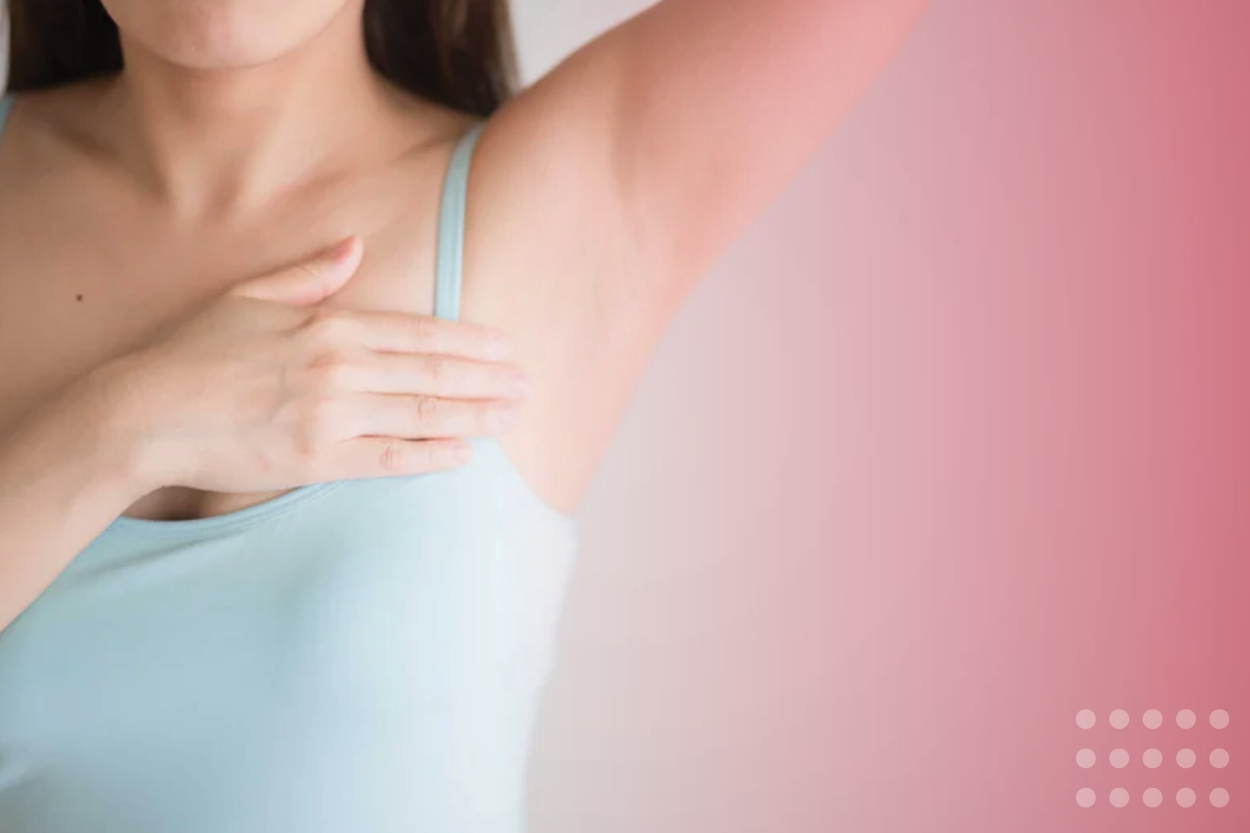How to Do a Breast Self-Exam
A breast self-exam allows you to detect changes in your breasts from home. When you regularly check your breasts and become familiar with how they look and feel, you’re better able to notice when changes occur.
Breast self-exams don’t replace the need for mammograms and definitely aren’t as effective at screening for breast cancer, but they may help you notice breast changes that you can report to your doctor. According to the Mayo Clinic, breast self-exams aren’t the most dependable way to detect breast cancer, but may help women detect lumps and other changes.
Here’s how to do a breast self-exam (both visually and manually) and what you’ll want to look out for:
Visual exam in front of a mirror
Without wearing a shirt or bra and with your arms at your sides, take a close look at both of your breasts in the mirror. Keep an eye out for:
-
Changes to the shape, size, or symmetry of your breasts
-
Swelling
-
Dimpling or puckering of the skin
-
Changes to your nipples, such as the skin turning red, sore, scaly, or flaky
-
Inverted nipples (this means the nipple is pushed inwards)
-
Discharge from either of your nipples
-
A lump near your underarms
Next, raise your arms above your head and visually inspect for those same changes.
Last, place your hands on your hips, flex your chest muscles, and look for the same changes.
Manual exam
Two of the most common ways to do a manual exam are either in the shower or while lying down on a flat surface.
Lying down
Using your right hand to check your left breast and your left hand to check your right breast. Keep your fingers flat and together, use a firm but gentle touch to press down with the pads of your three middle fingers and move them in a circular motion or up and down. You’ll want to make sure to cover all areas of your breast, your underarms, and anywhere in between.
As you do so, use varying amounts of pressure on each spot—light pressure to check the breast tissue closest to the skin, firm pressure for the area closest to your ribs and chest, and medium pressure for the breast tissue in between. It’s also important to squeeze your nipples, checking for discharge and lumps.
While standing or sitting
Many women prefer to do this type of self-exam from the shower because water on the skin makes it a bit easier. You’ll want to follow the same approach as outlined above for someone who is lying down. Be sure to cover all areas of your breasts and underarms.
If you have any questions about how to do a breast self-exam, your doctor can demonstrate the proper technique for you. If your vision is impaired, you may want to ask a friend or family member for help.
When to do a breast self exam
Breast self-exams are most helpful when done routinely, so aim for once a month or so.
For women who menstruate, the best time to do a breast self-exam is the week in your cycle after you stop menstruating. Fluctuating hormone levels throughout your cycle can cause changes to the breast tissue, and the week after you’re bleeding tends to be when the breasts are less tender. If you’re not menstruating, any day throughout the month is okay.
What to do if you find a lump
If you notice a lump or some other change during a breast self-exam, try your best not to panic. Changes in your breasts don’t necessarily mean you have cancer—sometimes breast lumps exist simply because of hormonal changes or other harmless conditions. But you should make an appointment with your doctor so they can take a closer look and send you for any additional screenings and imaging tests needed to determine what’s going on.

